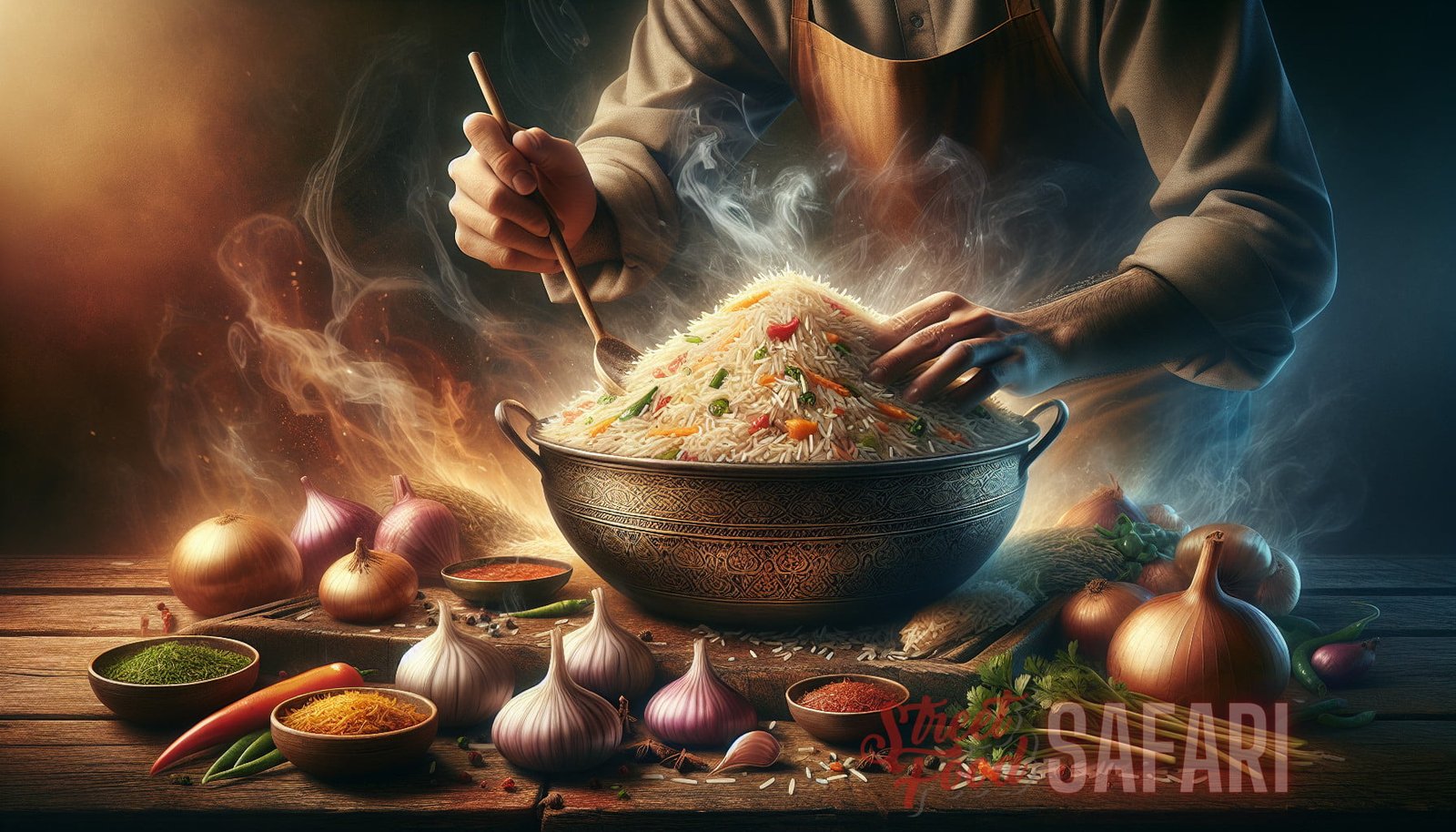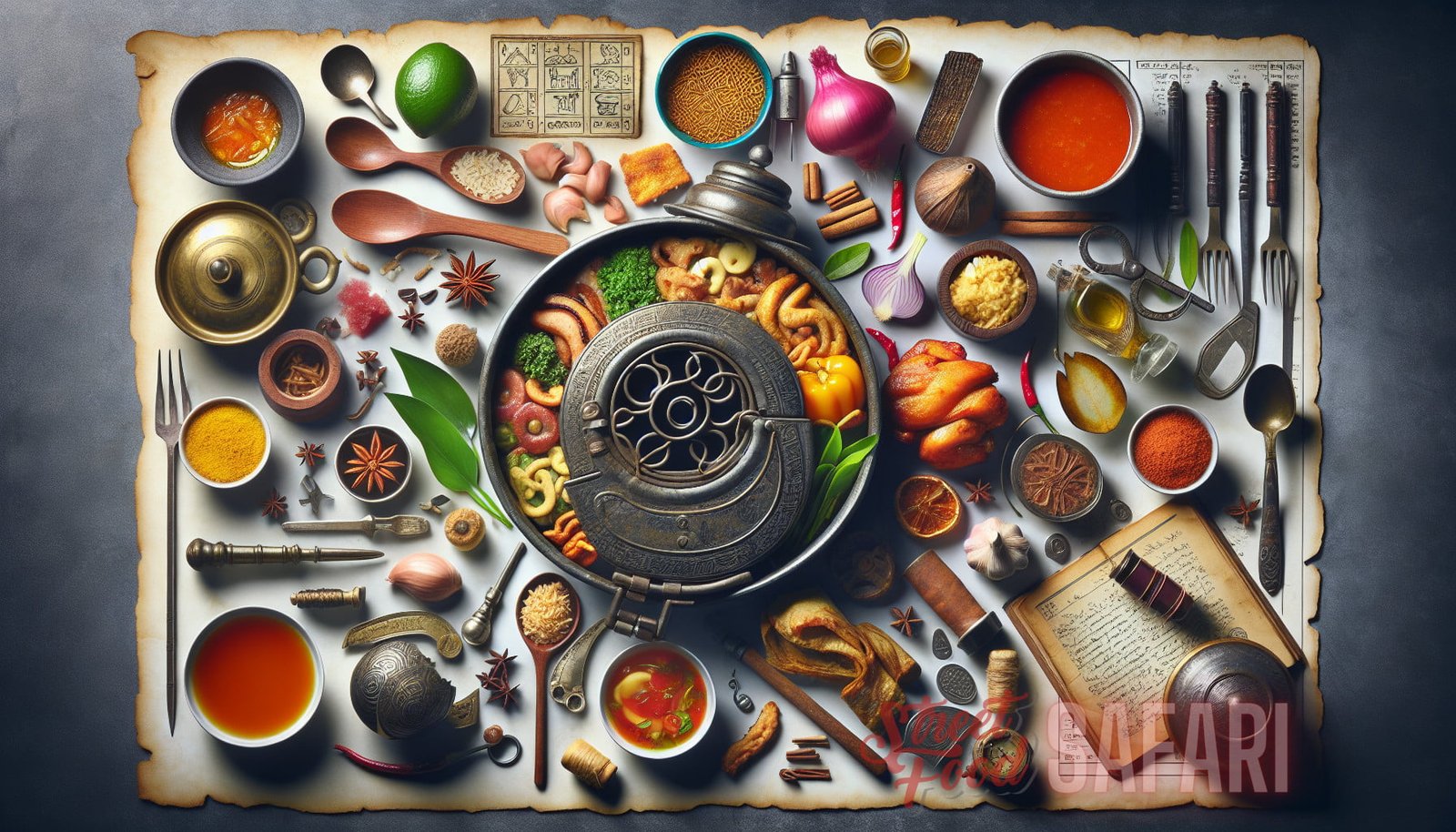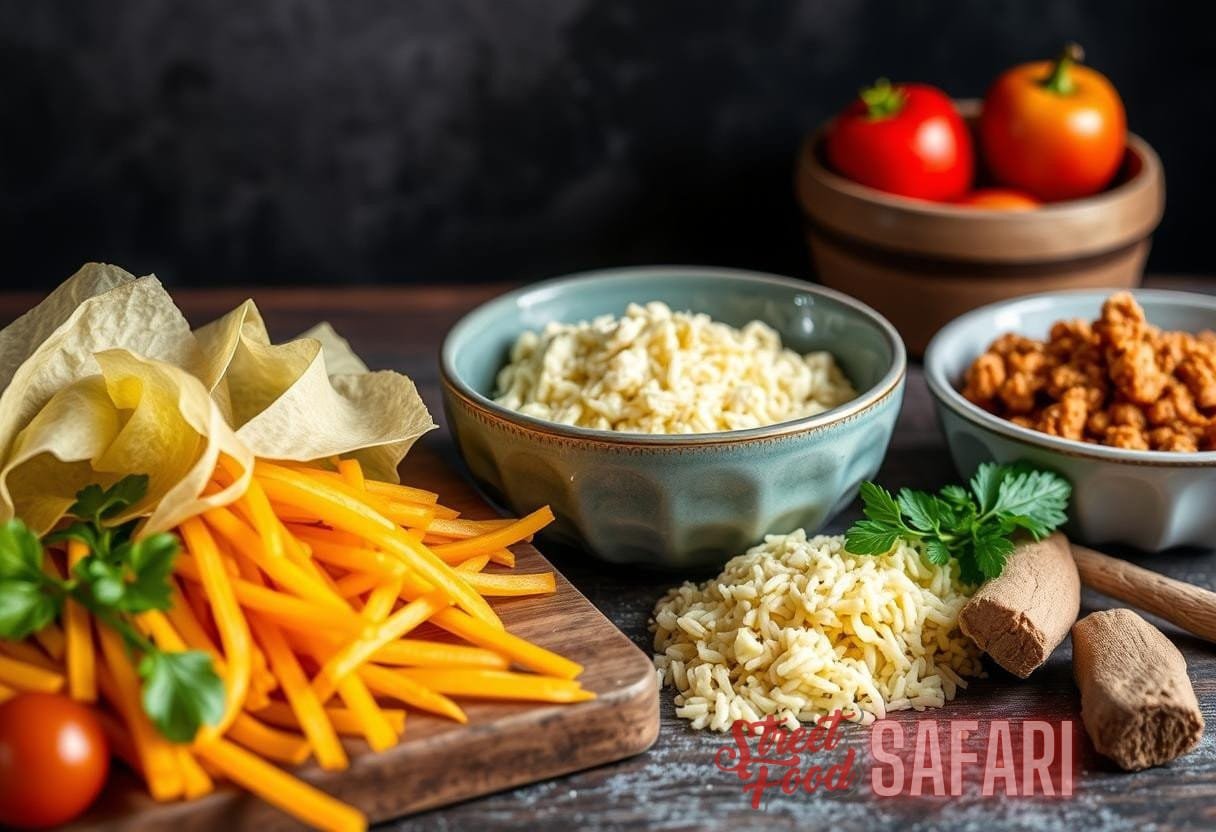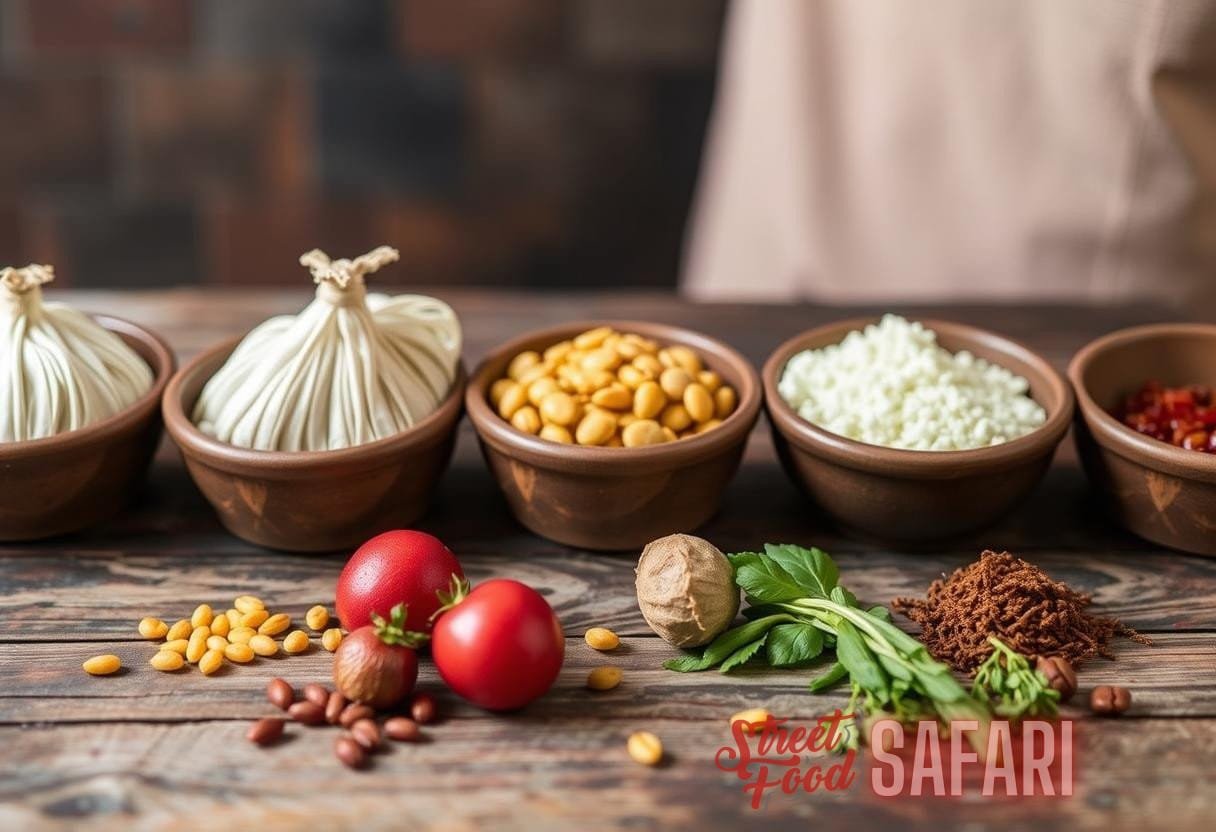Culinary Alchemy: Unveiling the Ancient Techniques Behind Local Delicacies
Introduction
Local delicacies have always fascinated us with their unique flavors, aromas, and textures. From street foods to restaurant menus, these culinary wonders offer a glimpse into the rich cultural heritage of a region. But have you ever wondered about the ancient techniques and scientific secrets behind these delightful creations? In this article, we will delve into the world of culinary alchemy and explore the age-old practices that have been perfected over centuries to create the most delectable local delicacies. Join us on this gastronomic journey as we unveil the hidden secrets behind these ancient delicacies.
The Art of Fermentation
One of the most ancient and fascinating culinary techniques is fermentation. This process not only preserves food but also enhances its flavor and nutritional value. Fermented local delicacies are found in various cuisines around the world, from kimchi in Korea to sauerkraut in Germany. Here are some popular fermented delicacies and their interesting scientific secrets:
Kimchi: The Tangy Korean Fermentation
Kimchi is a traditional Korean side dish made from fermented vegetables, primarily cabbage. This tangy and spicy delicacy is rich in probiotics, vitamins, and antioxidants. The fermentation process involves lacto-fermentation, where the naturally occurring bacteria on the cabbage convert sugars into lactic acid, which acts as a preservative and gives kimchi its characteristic sour taste. The addition of garlic, ginger, chili peppers, and other spices further enhances the flavors of this beloved Korean dish.
Read more about the scientific secrets behind kimchi in this article available at Street Food Safari.
Sauerkraut: The Fermented Cabbage of Germany
Sauerkraut is another popular fermented delicacy made from finely shredded cabbage that has been fermented by various lactic acid bacteria. This traditional German food is high in vitamin C, fiber, and probiotics. The fermentation process transforms the cabbage, making it crisp, tangy, and full of umami flavors. Sauerkraut is not only a tasty topping for sausages and sandwiches but also a fantastic addition to many German dishes.
Discover more about sauerkraut and its culinary secrets in this article available at Street Food Safari.
The Magic of Slow Cooking
Ancient cooking techniques often involve long hours of slow cooking, which transforms ordinary ingredients into extraordinary delicacies. These slow-cooked dishes are known for their intense flavors, tenderness, and the preservation of essential nutrients. Let’s explore some ancient slow cooking methods and the local delicacies they produce:
Sous Vide: Precision Cooking for Flawless Results
Sous vide is a French cooking technique that involves cooking food in a temperature-controlled water bath over an extended period. This method ensures that the food is cooked evenly, retains its moisture, and develops intense flavors. The precise temperature control allows chefs to achieve perfect results every time. This technique has revolutionized the culinary world and is widely used in high-end restaurants around the world.
Biryani: The Slow-Cooked Aromatic Rice Dish

Biryani is a beloved rice dish that originated in the Indian subcontinent. It is made by layering fragrant, long-grain rice and marinated meat or vegetables, then slow-cooking the dish to perfection. The slow cooking process allows the flavors to meld together, resulting in a deliciously aromatic and flavorful dish. Traditional biryanis often require hours of cooking to achieve the perfect balance of flavors and textures.
The Science of Fermenting and Aging
While fermentation is a widely practiced technique, fermenting and aging certain ingredients take culinary alchemy to a whole new level. These ancient methods create unique flavors and textures that cannot be replicated by any other means. Let’s explore some delicacies that owe their complexity to fermentation and aging:
Prosciutto di Parma: Italy’s Finest Dry-Cured Ham
Prosciutto di Parma is a renowned dry-cured ham that hails from the Parma region in Italy. This delicacy is made by carefully salting and curing the hind legs of specially bred pigs, then allowing them to age for a minimum of 12 months. The long aging process imparts a distinctive flavor profile to the meat, making it tender, sweet, and incredibly flavorful. The skill and craftsmanship involved in producing Prosciutto di Parma have been passed down through generations, ensuring its consistent quality.
Balsamic Vinegar: The Elixir of Modena
Balsamic vinegar is a luxurious and highly prized vinegar that originates from the Modena region in Italy. Made from the juice of Trebbiano grapes, the vinegar undergoes a slow aging process in wooden barrels. The aging process can take anywhere from a minimum of 12 years for traditional balsamic vinegar to over 25 years for the highest quality varieties. The result is a rich, dark vinegar with a distinct balance of sweetness and acidity, evoking complex flavors and aromas.
The Magic of Traditional Techniques
Ancient cuisines are filled with traditional techniques that have stood the test of time. These methods, passed down through generations, play a crucial role in creating unique and unforgettable local delicacies. Let’s explore a few traditional culinary techniques and the delicacies they create:
Tandoor: The Earthen Oven of India
The tandoor is an ancient clay oven used in Indian cuisine to create a range of delectable dishes. The oven is heated with charcoal or wood, and the food is cooked at high temperatures. The intense heat of the tandoor seals in the flavors, while the clay infuses a smoky aroma into the dishes. Tandoori chicken, naan bread, and kebabs are just a few examples of the delicious creations that emerge from this traditional cooking method.
Nixtamalization: Unlocking the Nutrients of Corn
Nixtamalization is an ancient Mesoamerican technique used to process corn by soaking it in an alkaline solution, typically made with calcium hydroxide. This process not only improves the flavor and texture of corn but also makes its nutritional content more accessible to the human body. The resulting product, known as masa, is used to make various traditional dishes such as tortillas, tamales, and arepas.
Conclusion
Local delicacies are a testament to the ingenuity and creativity of ancient culinary traditions. The techniques passed down through generations have allowed us to experience the depth and complexity of flavors that are unique to each region. From fermentation to slow cooking, from aging to traditional cooking methods, these ancient techniques continue to captivate our taste buds and inspire new culinary innovations. So the next time you savor a local delicacy, take a moment to appreciate the ancient culinary alchemy behind it.
For more fascinating insights into local delicacies, don’t miss this article on exploring global trends in local delicacies and this article on the scientific secrets behind local culinary wonders available at Street Food Safari.



